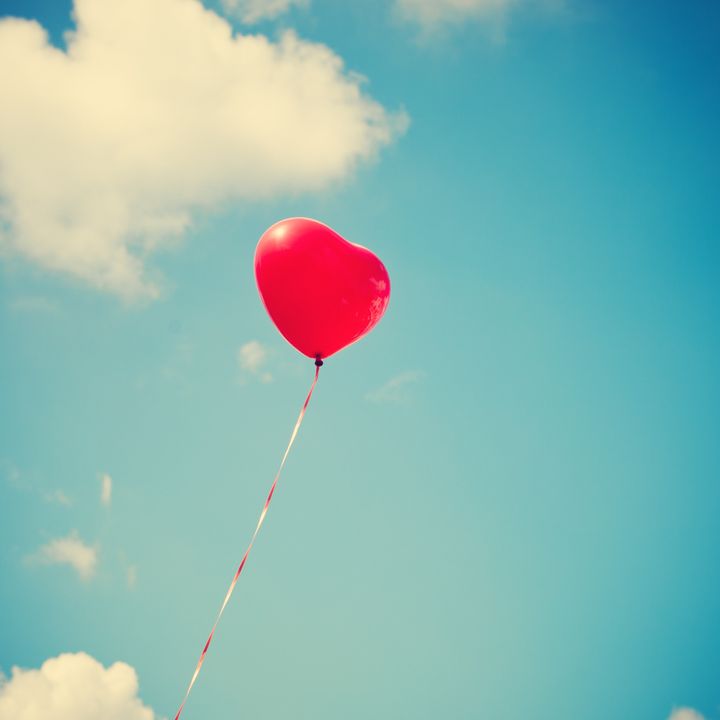
There is probably no better time to discuss the HEART as the symbolic seat of feelings and intuitions than during the week of Valentine's Day. The human fascination with the heart and its role started millennia ago. In the religion of ancient Egypt, the heart was already considered to be the center of every individual's life and intellect. Its hieroglyphic symbol was a vase, which (accidentally or not) resembles the Grail -- the chalice supposed to have contained Christ's blood. In the Jewish tradition, the heart was the source spirit, imagination, and virtue.
Accordingly, we read in the biblical book of Ezekiel: "I will give you a new heart and put a new spirit in you; I will remove from you your heart of stone and give you a heart of flesh." In Islamic historical convention, the heart stands more for knowledge and spiritual life than for feelings. Thus the Koran says: "Their eyes are not blind but the hearts in their breasts cannot see." Similarly, the ancient Chinese text Su Wen states that the light of intellectual intuition shines in "the cavern of the heart." More in line with western tradition, several South American languages have but one word for both heart and soul.
Given the central place of the heart in all cultures, it was only natural that in the modern, more global, consumer-oriented societies, people would start searching for the inverted-triangle "heart shape" in almost everything. As my modest contribution to this frenzy, I decided to take a cursory look through the archive of the Hubble Space Telescope, to see if I could identify images that include "heart-shaped" celestial objects. Here are a few attractive examples.
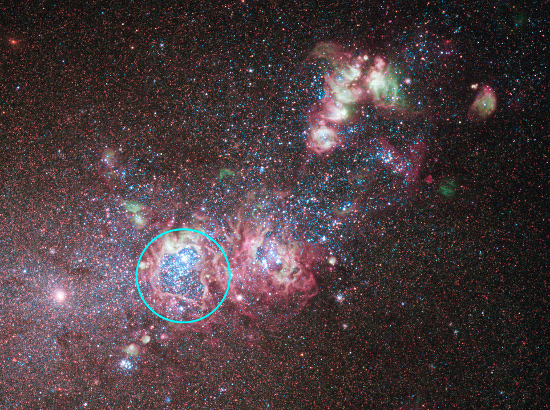
Figure 1. The dwarf galaxy NGC 4214. Credit: NASA, ESA, and the Hubble Heritage (STScI/AURA)-ESA/ Hubble Collaboration.
First, the dwarf galaxy NGC 4214 (Figure 1) contains a few regions in which new stars are being born at a furious rate. In the lower left of the image, the winds and intense radiation from a cluster of young stars have cleared the dust and created a large, almost heart-shaped bubble. Amusingly, the same image contains (at the upper right) a smaller feature that is shaped even more like a heart (Figure 2).
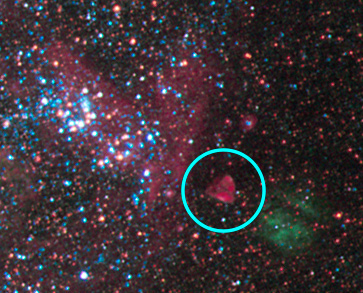
Figure 2. A pattern of glowing hydrogen in the dwarf galaxy NGC 4214, created during star formation. Credit: NASA, ESA, and the Hubble Heritage (STScI/AURA)-ESA/Hubble Collaboration.
Second, there is the nebula NGC 604 in the relatively nearby galaxy M 33. Again, the numerous young stars in this region (there are more than 200 brilliant blue stars that can be seen), have sculpted a spectacularly complex collection of bubbles of gas and dust. The most central of these is (somewhat) heart-shaped (Figure 3).
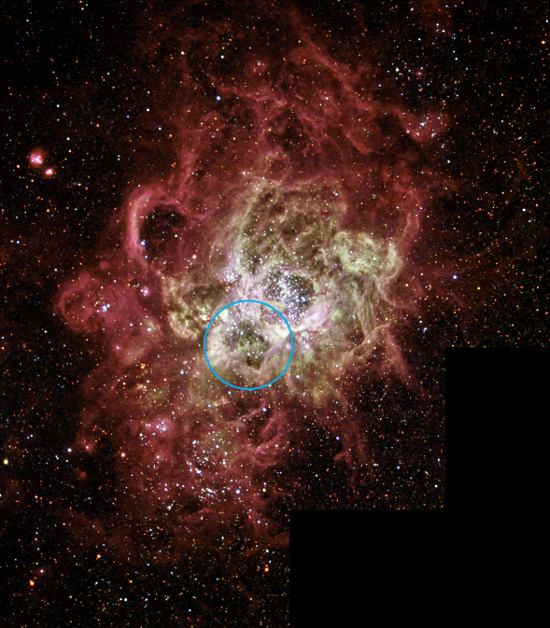
Figure 3. NGC 604, a cauldron of star birth in the relatively nearby galaxy M33. Credit: NASA and the Hubble Heritage Team (AURA/STScI).
Third, an old sorting through images of the giant planet Jupiter, taken shortly after comet Shoemaker-Levy 9 collided with it, revealed a heart-shaped feature in Jupiter's cloud tops (Figure 4).
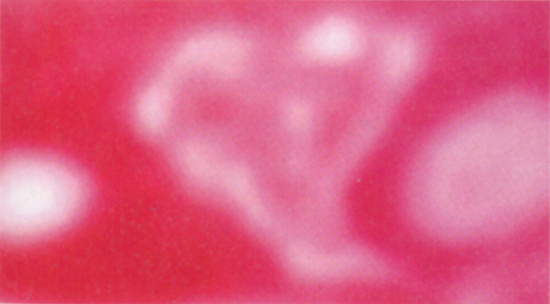
Figure 4. Heart-shaped feature in Jupiter's atmosphere following the collision with comet Shoemaker-Levy 9. Credit: NASA, ESA, and STScI. Science News, February 18, 1995.
Finally, the large emission nebula IC 1805 is also known as the "Heart Nebula" because of its shape. Hubble did not image this nebula, but you can find its photo at: http://apod.nasa.gov/apod/ap111025.html. Can you find other Hubble images with "hearts" in them?
Happy Valentine's Day!